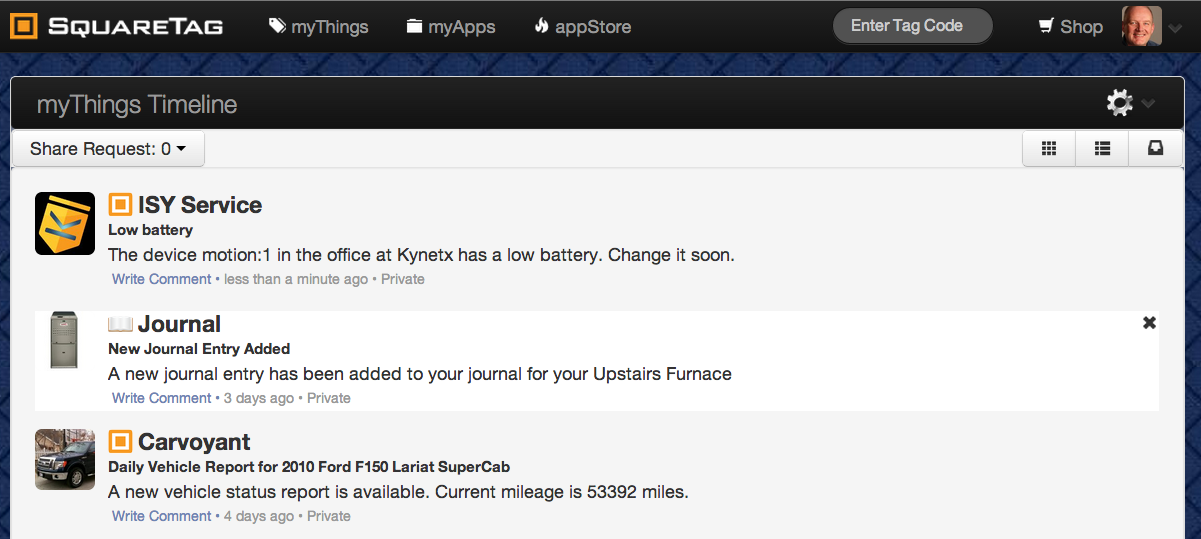Summary
M2M has traditionally been about businesses managing the things they manufacturer, with end users only an after thought. But as the price of connecting things drops, much of what has been done for years in the M2M space, becomes possible for end users too. I call this M2M for People.
M2M, or "machine to machine" is a big buzzphrase on the Internet of Things. In fact, M2M thinking has largely dominated the way companies and people think about the Internet of Things. Companies like Axeda make big money helping companies "connect" their products and move them up the value chain. Connected products are more valuable to customers because they offer increased service. The Withings scale, for example, costs 4x what a similar digital scale costs—all because it's connected and has a service behind it.
A lot of M2M business has been around helping companies connect products for their own benefit. Consumable restocking, remote diagnostic and maintenance, and usage-based pricing are all examples of the kinds of value-added services that M2M provides to companies. In the past, applications have focused on business and manufacturing because the price of connecting was high. As the price drops, more and more of these ideas are moving to the customer. I call that M2M for People of M2M4P.
Here's a simple example of how M2M4P adds value to my life: the motion detector in my office sends a notification on my SquareTag timeline when it needs a new battery as the following screenshot shows:

Think of the things in your house that use batteries (smoke detectors, etc.) They should all be able to easily let you know when they need a new battery. That would be a small, but real, convenience. Now take that past just batteries to all the alerts you now get or could get from things you own. There's no convenient or single place for you to can get those notifications. No easy way for me to redirect them to my kids or the maintenance guy to get done. All of this could be automated for people the same way it is for businesses.
Another big area is consumables. I own printers, dishwashers, cars, lawn mowers, and other things that use stuff. What if my printer could queue up a new toner cartridge in my Amazon shopping cart and let me know it was ready to check out (or even just order it outright)? I'd like that. I could be part of a live supply chain that automates some of the boring and mundane shopping I have to do.
Connecting stuff is just the first and most obvious step. Most of the connected stuff we buy today—think Withings, Fitbit, Nest, etc.—have only taken the very first step of connecting and talking to the hard-coded, siloed service that backs the product up. Depending on how a service is built, doing anything more with it can be quite difficult. Even something like Twine, which is supposed to be flexible is pretty hard to use in concert with other things.
For these connected products, and the thousand more that are coming, to truly reach their potential people need a common place where their stuff connects—a dashboard for their things. Not just a dashboard, but a programmable platform that allows all these connected things to work with each other and Web services. Building that is what gets me up every morning.




